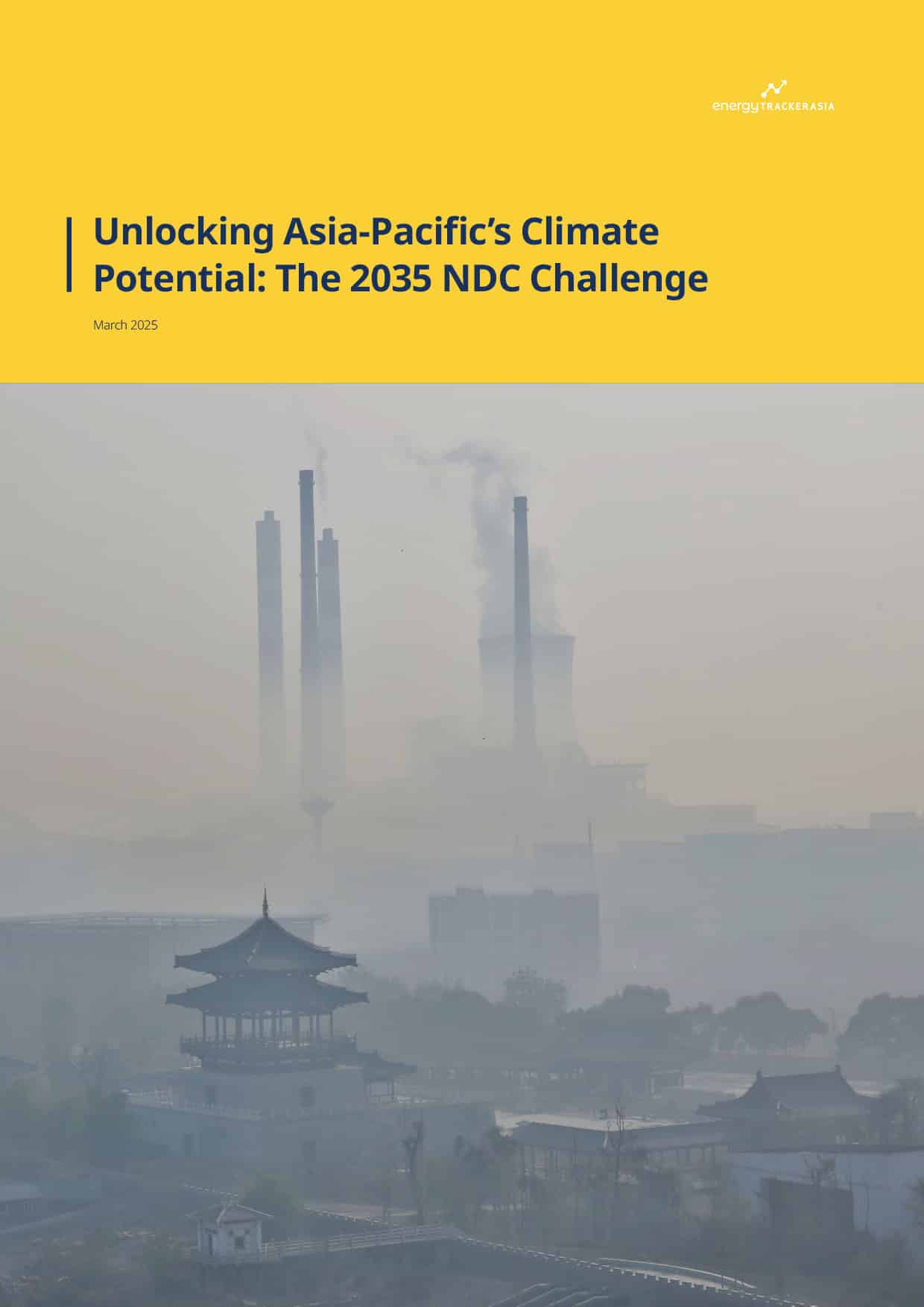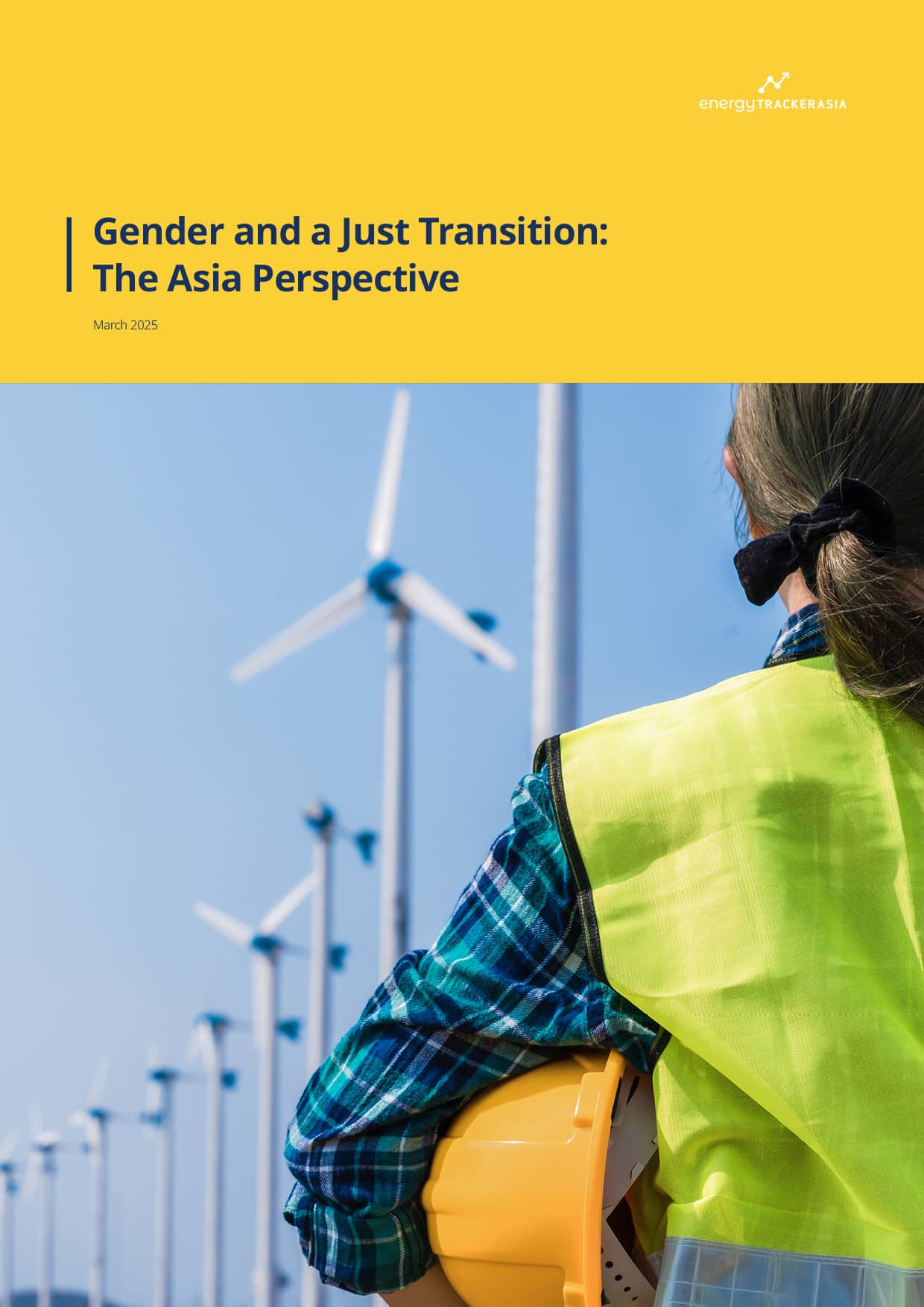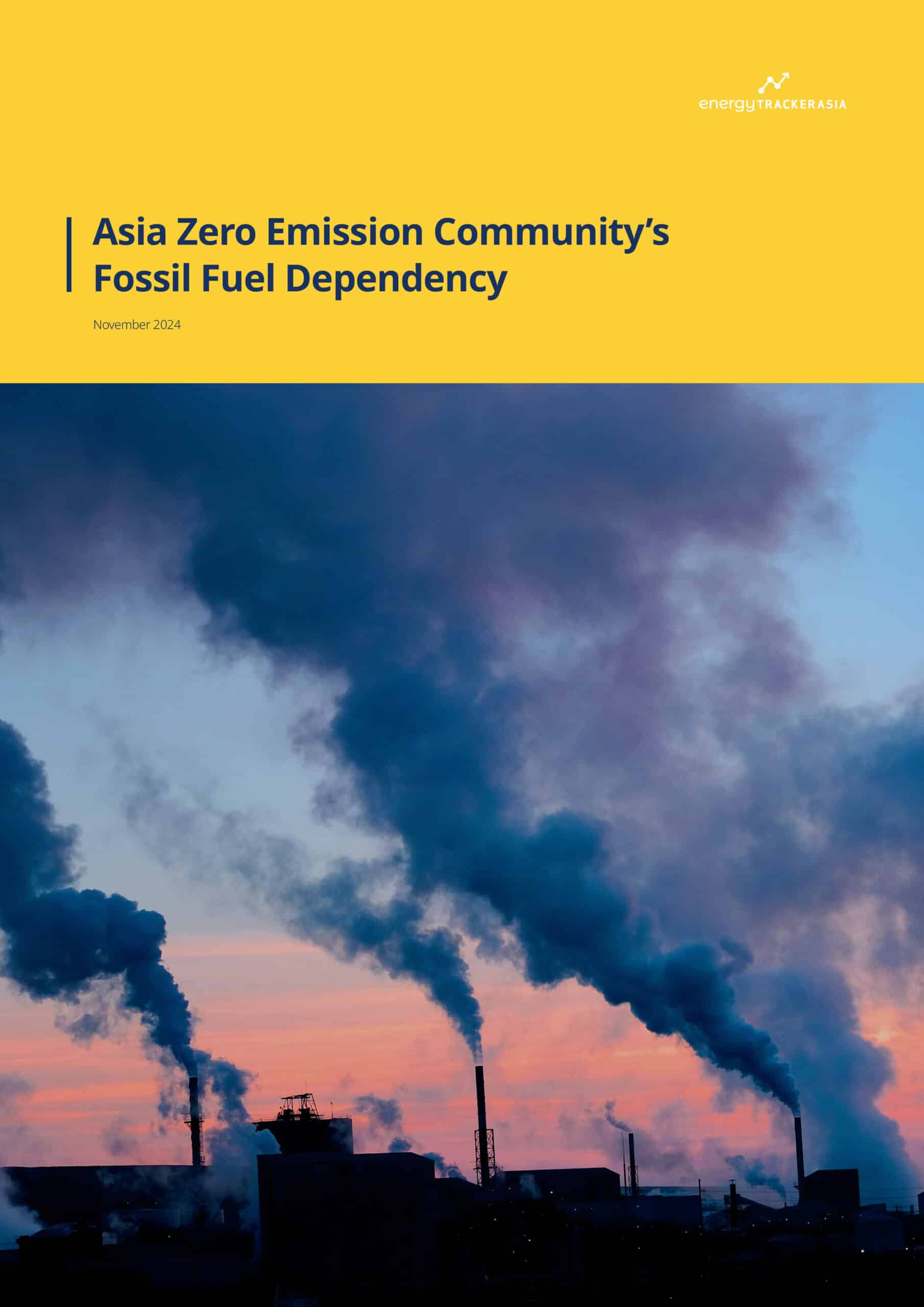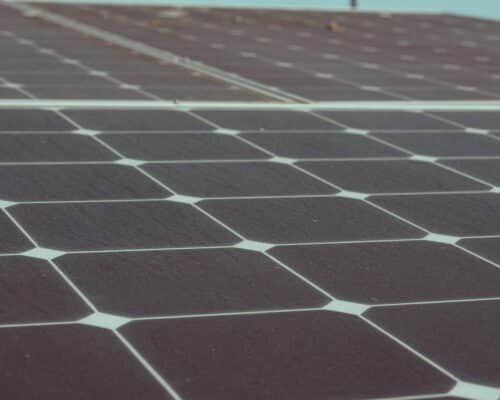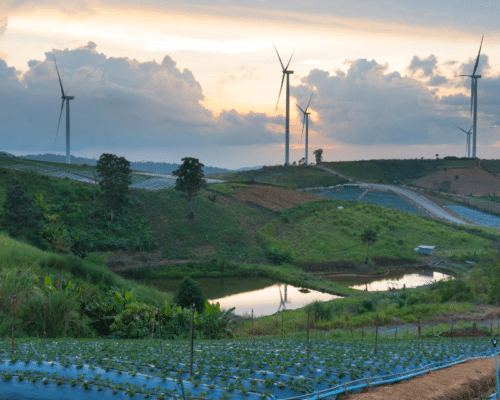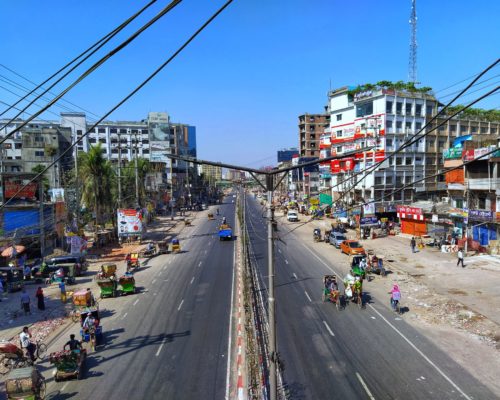China’s Green Manufacturing Industry Brings Massive Investments to 54 Countries
23 September 2025 – by Viktor Tachev
In 2024, clean energy investments contributed approximately USD 1.9 trillion or around 10% to China’s GDP, with the sector growing three times faster than the Chinese economy overall. Furthermore, the leading investor in clean energy worldwide is now providing an opportunity for other countries to also capitalise on the economic growth opportunities of the energy transition by scaling up overseas investments in green manufacturing.
In a first-of-its-kind database that tracks the amount of green foreign manufacturing investments originating from China, researchers from the Net Zero Policy Lab (NZIPL) have found that, thanks to China’s green manufacturing boom, economies from around the world are entering the clean technology industry or advancing up the value chain. For developing nations in the Global South, in particular, this presents a significant opportunity to boost their economies, support their climate commitments and ensure access to affordable and innovative green technologies.
China’s Booming Green Manufacturing Industry Has Brought Investments to Over 50 Countries Across All Regions
According to the new China Low Carbon Technology FDI Database, “China’s Green Leap Outward: The rapid scale-up of overseas Chinese clean-tech manufacturing investments,” since 2022 alone, China’s overseas investments in sectors like solar, wind, batteries, EVs and green hydrogen have surged past USD 227 billion. Importantly, these investments have been allocated to 54 countries across every major region.
NZIPL’s database, which features 461 green technology manufacturing projects announced between 2011 and the first half of 2025, finds that investments have started surging more significantly in the past three years. Over 80% of all projects (387) have been launched since 2022. Last year saw a record 165 announced projects, with Chinese firms committing more than USD 210 billion (the high-end estimate reaches nearly USD 250 billion), or approximately 88% of total disclosed capital.

Interestingly, the database reveals that, in each year since 2022, the pledged investment exceeded the total amount committed over the entire previous decade. The researchers describe the surge of overseas green manufacturing investment as “unprecedented”.
In terms of recipient sectors, the analysis reveals that while solar dominated pre-COVID, since 2021, capital has fanned out to battery materials, full battery plants, EVs, charging equipment, wind and early-stage green hydrogen.
According to the database, over 75% of the green technology projects financed by China are in the Global South or emerging markets, with ASEAN countries home to most of them. Europe remains the key market for downstream battery investments. Other findings include the Middle East and North Africa (MENA) region’s 20% jump in new projects registered in 2024.

China’s accelerated clean energy transition has long been reshaping the global energy and green technology landscapes, dramatically reducing green technology costs and accelerating their uptake in other countries. As a result, Ember forecasts that China’s fossil fuel consumption is about to peak and begin falling, triggering a global decline.
“China has opened the door to a new energy future by building electro-technologies at a vast scale, slashing costs and raising the ceiling of possibility,” notes Sam Butler-Sloss, research manager at Ember. “The consequences reach far beyond its borders, enabling the emerging market energy leapfrog and swinging global fossil fuel demand from unrelenting growth to the brink of structural decline.”
ASEAN as China’s Sustainable Manufacturing Investment Hotspot
NZIPL’s database reveals that investments in solar have dominated, with over USD 57 billion allocated to 135 overseas projects. ASEAN remains the key focus market, receiving the bulk of this capital. Indonesia tops the lists for the most projects and most capital attracted by a wide margin. Vietnam, Malaysia, and Thailand are also among the top five countries with the most projects.

Battery-materials manufacturing is also rapidly growing, and, with 2025 deals included, the total will surpass USD 62 billion, making it the largest single slice of China’s overseas green technology investments. ASEAN nations again dominate, with Indonesia attracting the majority of the investments due to its critical nickel and cobalt reserves.

Regarding EV manufacturing, ASEAN and Europe attract the most significant shares of Chinese capital. NZIPL’s analysis finds that the former remains the top choice due to the lower costs and preferential access to regional markets, while investments in Europe are intended to scale local capacity and meet soaring EV demand across the bloc in compliance with rules of origin.
Regarding wind, Central Asia hosts the most projects, while India also continues to draw Chinese capital.
ASEAN’s Dominance Not a Given with Other Regions Catching Up
According to NZIPL’s database, the ASEAN region has consistently been the primary destination for Chinese overseas green technology manufacturing investments, accounting for approximately half of all projects before 2024. The analysis identifies several reasons for this sustained dominance, including ASEAN’s strategic role as both a manufacturing hub and proximity to Chinese supply chains, its role as a gateway for re-exports and the local business environment, which is familiar to Chinese investors.
However, while ASEAN countries have enjoyed consistent and steady growth in Chinese green technology investments, NZIPL’s findings indicate that the tide might be turning.
In 2024, ASEAN’s share in project counts dropped to its lowest level, mainly due to growth seen across other regions. For example, the researchers identify MENA as the most notable emerging hotspot, with the number of projects there surging from almost none in 2021 to over 20% of total investments in 2024, amounting to nearly USD 50 billion.
All this signals that ASEAN might no longer be the sole preferred target market for Chinese green technology investments. Among the reasons is China’s willingness to seek diversification in the geographic distribution of its capital, as evidenced by the fact that countries in Central Asia and the Caucasus region recorded their first China-backed green technology manufacturing projects in 2024.
Another reason why other regions are quickly making ground and gaining popularity among Chinese investors is their expanding green industrial policies and strategic positioning, as the case of MENA proves.
According to the researchers, a combination of factors drives the discrepancies in project allocation across different markets, including the election of US President Donald Trump and investors’ worries about facing secondary sanctions and tighter rules of origin, tariff concerns, geopolitical tensions and differences in industrial focus.
What ASEAN Can Do to Retain Its Position as the Top Destination For Chinese Green Technology Manufacturing Investments
After analysing early 2025 data, NZIPL unveils a cooling trend in China’s overseas build-out. Despite an expected uptick in the latter half of the year, the researchers note that the overall trend signals consolidation rather than acceleration. Diving into country-specific insights reveals that, while early hotspots like Indonesia continue to enjoy a steady influx of new projects, markets like Vietnam and Thailand are seeing a drop in recent announcements.
According to the report’s authors, three main reasons drive China’s investment motivations — access to host country markets, access to third-country markets and access to raw materials. As a result, nations looking to attract Chinese green technology manufacturing capital need to appeal to those motivations. In the case of ASEAN, the key to continuing to build on its role as the dominating region for Chinese green technology manufacturing investments is in retaining its attractiveness as an export-oriented production base and further improving its FDI openness to remain a step ahead of emerging new hotspots and competitive markets like MENA. This can become possible through a series of steps, including addressing regulatory and permitting issues to ease project development and attract projects that have faced cancellations in other markets due to burdensome procedures.
In the case of Vietnam, Malaysia and Thailand, which host a high number of projects with overall low investment figures (mainly solar), there is an opportunity to open up alleys for manufacturing other green technologies with higher capital intensity. This is crucial since Europe and the US, which historically have been attracting high-value projects, are now seeing capital steering toward other markets such as Latam, Central Asia and MENA.
According to NZIPL, useful measures for governments receiving Chinese FDI also include introducing incentives such as tax holidays, concessional land and long-term financing, especially for capital-intensive sectors like battery technology. Leveraging resource endowments, as in the case of Indonesia, and planning for accommodating megaprojects by ensuring grid and port infrastructure, as well as talent with the necessary skills, are other crucial measures.
ASEAN has the market fundamentals, geographic advantage and a familiar and welcoming business environment for Chinese investments. Considering that the region is acting from a position of power, the key is not letting the opportunities slip. Doing so in the face of growing competition requires proactiveness — not a wait-and-see approach.
by Viktor Tachev
Viktor has years of experience in financial markets and energy finance, working as a marketing consultant and content creator for leading institutions, NGOs, and tech startups. He is a regular contributor to knowledge hubs and magazines, tackling the latest trends in sustainability and green energy.
Read more

